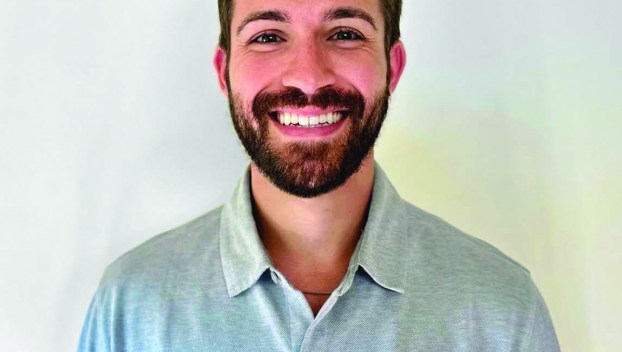
News Main
Athlete discovers research at Pfeiffer
By Ken Keuffel Pfeiffer University When Dr. Dillon Malloy (Class of 2017) played defense for the lacrosse team ... Read more

By Ken Keuffel Pfeiffer University When Dr. Dillon Malloy (Class of 2017) played defense for the lacrosse team ... Read more